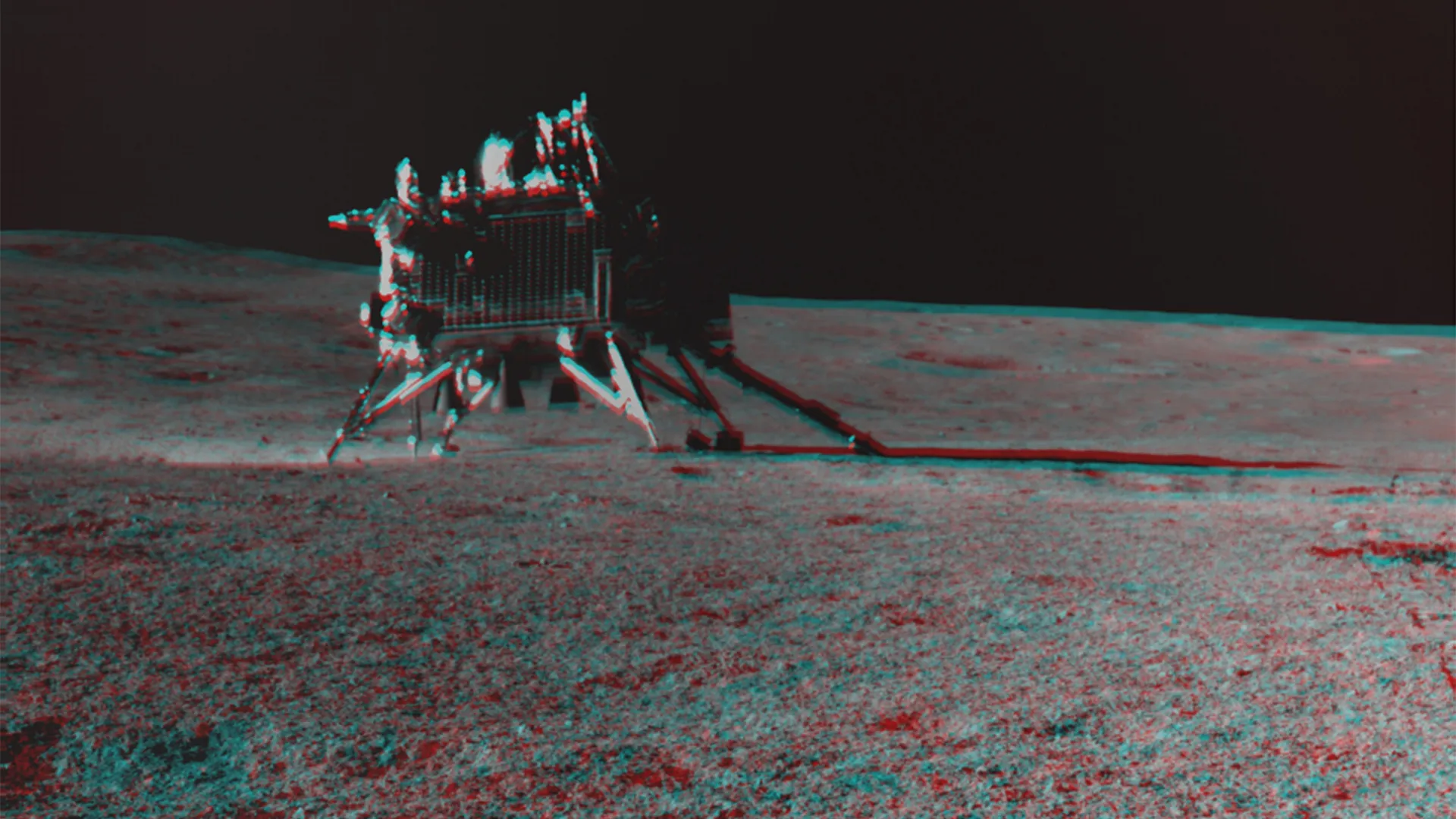India’s Chandrayaan-3 mission made history when it became the first lander to reach the moon’s South Pole. Now, researchers are analyzing the data sent in by the rover and lander — and what they found is already very exciting.
Within this data, scientists found signs of what could be a lunar temblor. This would be the first ‘moonquake’ recorded in decades.

A moonquake is the lunar equivalent of an earthquake. However, because the moon doesn’t have active plate tectonicswhich means the quakes are much weaker and rarer. Basically, the Earth’s tectonic plates are brushing past each other each other, which creates friction and stress, which triggers earthquakes. Without this process, the moon’s temblors are caused by other processes that have less energy.
Some moonquakes are caused by meteorite impacts, for instance; others are caused by expansion and contraction of the frigid lunar crust. The first information about moonquakes came from seismometers placed on the moon during the Apollo missions. The instruments placed by the Apollo 12, 14, 15, and 16 missions provided the first moonquake information, but the seismometers were switched off in 1977.
Now, Chandrayaan-3 has discovered what appears to be the first recorded moonquake since 1977.
The mission “has recorded an event, appearing to be a natural one, on August 26, 2023,” The Indian Space Research Organisation (ISRO) explained. “The source of this event is under investigation,” the agency continued. The moonquake was detected with the seismometer aboard the lunar lander.
This is more than just a geological curiosity. Earthquakes (and consequently, moonquakes) are one of the main methods through which we can determine the internal structure of planets and satellites. A seismometer picks up vibrations coming from the subsurface. These vibrations are caused by seismic waves and seismic waves propagate differently through different environments. By looking at how they propagate, you can infer the properties of the layers through which the waves pass.
This is how we know, for instance, that the Earth has an inner core and an outer core — although we haven’t dug anywhere close to our planet’s core. Our understanding of the moon is much more limited, but we’re making progress.
More seismic data, like the one coming in now, is essential. In addition to gathering more data, researchers are also developing better ways to analyze the data. For instance, computer models and advanced processing tools have enabled scientists to build a clearer picture of the moon’s mysterious interior from the Apollo data.
A 2011 NASA study concluded that the moon’s core is likely made up of fluid iron, surrounding a denser iron ball — similar to Earth. This theory was further confirmed in 2023 with gravitational data.
But we’re still trying to unravel the puzzle of how the moon was formed. Most models suggest that the moon was formed when a Mars-sized body struck the Earth, creating a debris ring that eventually collected into a single natural satellite. But there are several variations and alternative theories, and there’s a lot left to explain. For instance, the interior of the moon appears to be non-magnetic, unlike the Earth. But rocks collected by moon missions seem to have formed in a magnetic environment, and it’s not clear how this came to be.
It’s this type of question that missions like Chandrayaan-3 hope to answer. For now, both the missions’ rover and the lander are in sleep mode. As they are solar-powered, they will stay inactive for 14 days, during the lunar “night”. Then, when the sun starts to hit the moon’s south pole again, the missions will hopefully resume.
In addition to the Earth and Moon, researchers have also detected quakes on Mars. Researchers also believe they’ve discovered clues of quakes on Venus and Mercury, but no lander has directly detected them yet.







